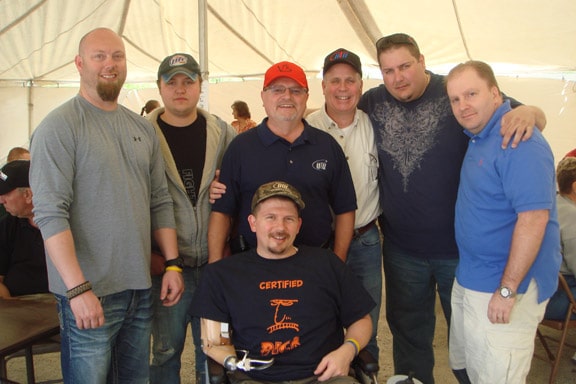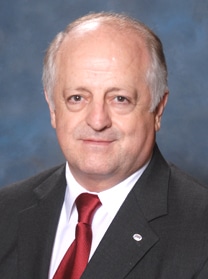WASHINGTON — An extensive overhaul of air-carrier crew training has been proposed by the Federal Aviation Administration.
“This is a major effort to strengthen the performance of pilots, flight attendants and dispatchers through better training,” said FAA Administrator Randy Babbitt.
The proposed new training standards and procedures will be formalized in a final rule following a public comment period on the proposed changes.
In releasing the wide-ranging proposed changes, which stretch 671 printed pages, the FAA said, “flight crews would have to demonstrate, not just learn, critical skills in real-world training scenarios. Pilots would be required to train as a complete flight crew, coordinate their actions through Crew Resource Management, and fly scenarios based on actual events.”
Additionally, said the FAA, training would be required “to teach pilots how to recognize and recover from stalls and aircraft upsets,” and require “remedial training for pilots with performance deficiencies such as failing a proficiency test or check, or unsatisfactory performance during flight training or a simulator course.”
Flight attendants would be required to complete hands-on emergency drills every 12 months, and the proposal would standardize the training and experience requirements for certain dispatchers and instructors.
Click below to read the FAA 671-page notice in the Federal Register:

 By Assistant President Arty Martin
By Assistant President Arty Martin